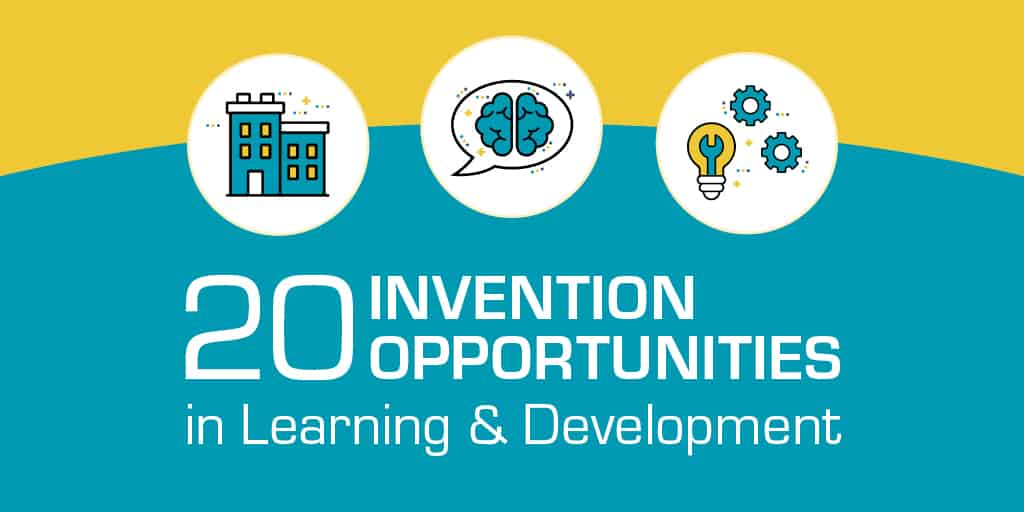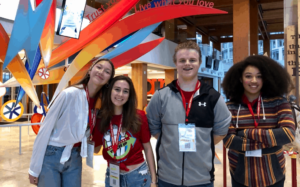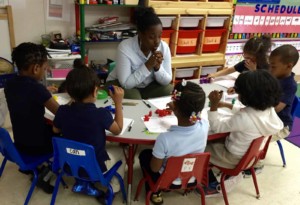20 Invention Opportunities in Learning & Development

Over the past few months the Getting Smart team, alongside numerous contributors and colleagues, have been conducting an inquiry into the “Invention Opportunity” with the support of the Walton Family Foundation and the Bill & Melinda Gates Foundation. This study was and continues to be a survey of the many new possibilities that have opened up as a result of the global pandemic. This is not a look at silver linings, or an avoidance of the tragedies that have befallen large swaths of the globe, particularly the least resourced among us. Rather, this is a call to action to reimagine an education system that works for all people after seeing inequities and inadequacies widened and worsened by the last 12 months.
With that said, not all of the included inventions improve quality and equity. Some pandemic delivery inventions (like hybrid schedules leveraging blended solutions) made the best of compound constraints and served some learners well while disadvantaging others. Some solutions like small group learning pods offered acceleration for a few but were out of reach for most. This report focuses on invention opportunities viable at scale in public systems.
This report outlines 20 invention opportunities in three sections:
- Community Agreements: six opportunities for new tools and new agreements to more equitably provision learning opportunities;
- Learning Design: seven opportunities to create more powerful, more equitable learning experiences; and
- System Design: seven opportunities to bring powerful learning to scale across public systems
The list of 20 opportunities is more illustrative than exhaustive. The focus is on elementary and secondary education in the United States, but early learning and pathways to and through postsecondary education are also considered. The opportunities are not mutually exclusive; some are components that can be bundled into larger models. Together they suggest a significant opportunity for collective investment in learning and development.
From this study, two conclusions can be drawn about strategic intent:
- Invention should be rooted in the science of learning and development. As such, the goals of invention should be whole child development–experiences, supports and environments that build the skills and dispositions for thriving.
- Invention, while it initially may cause differences, should have the potential for equitable scaling.
We hope that you find some insights in this report that are of use as we weigh short-term and long-term goals as we’ve never had to before. Thank you to everyone who has positively impacted a learner to-date and beyond.
To help inform and deliver new agreements, new practices and new tools Getting Smart and eduInnovation are exploring the Invention Opportunity thanks to support from the Walton Family Foundation and the Bill & Melinda Gates Foundation. The findings and conclusions contained within are those of the authors and do not necessarily reflect positions or policies of the foundations.







0 Comments
Leave a Comment
Your email address will not be published. All fields are required.